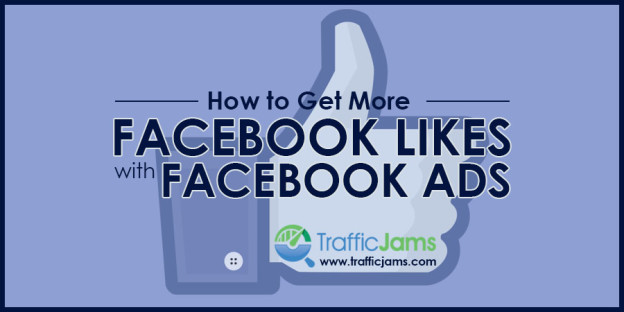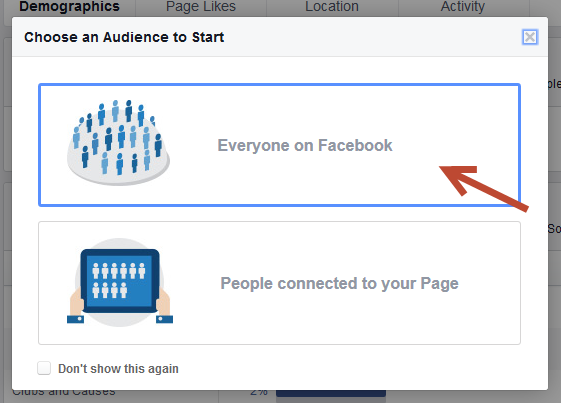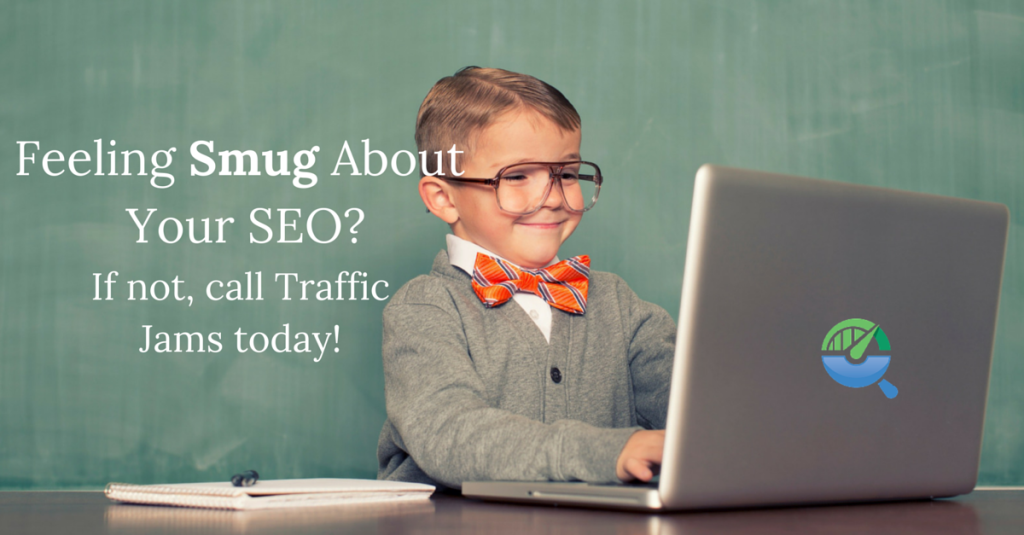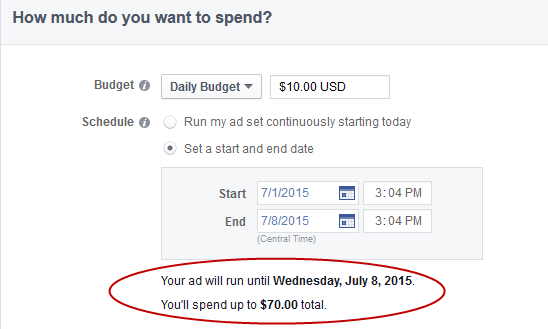Facebook can be a pretty lonely place for brand new business pages that don’t have a follower base ready to go. With an algorithm that favors those who pay to play and a social model that basically ensures you’re operating in a vacuum, page likes have become high value currency for businesses new to the social media game. And, while Facebook isn’t the only social platform on the internet, it is an essential piece of the SEO puzzle for many businesses.
So, how do you get more Facebook likes without bugging your friends and family to like your page? Well, Facebook ads are a good place to start and can help you build a base of followers that you can use to expand your reach through other methods such as contests and content marketing.
And, while Facebook ads aren’t free, using these tips to target, create and analyze your ads can help you make the most of your spend with real, relevant page likes.
Target Your Audience
Targeting your audience is probably the most important part of creating your Facebook ad. This will ultimately determine whether you get clicks from real potential customers or people who just like to click stuff (and waste your money). It’s also the part that most business owners get wrong – especially when they don’t have data to back up their decisions.
Facebook actually makes it very easy to gather data on your audience – even if you don’t have that data from people on your page. By using the audience insights tool, you can make some general assumptions about your customers such as their location, gender, age or job function. You can then use the data that Facebook provides you based on 2 or 3 of these assumptions you know to be true to further narrow down their interests and demographics.
The key to this is not to make too many assumptions about your audience to begin with. Instead, use the data that Facebook provides you help shape your audience. You may be surprised at what you learn!
Choose the Right Image
Once you’ve identified your audience, it’s time to start building your ad. Facebook ads essentially consist of 3 parts – the image, the message and the call to action. The most important part of your ad (after your target audience) is your image.
You’ll notice that Facebook only provides you with 90 characters of text for your call to action. To put things into perspective, that’s 50 characters less than a tweet! This means you’ll really need your image to do your talking for you.
Since you’ve already identified your audience, you can use what you now know about them to help you select images that you think they will identify with. For instance, your images could convey a specific mood or feeling that your product or service provides. Or, it could show people engaging in activities that are linked to your product or service that your audience likes or would like to do.
Here is an example from an ad that we ran for Traffic Jams – can you guess which image our audience liked more?
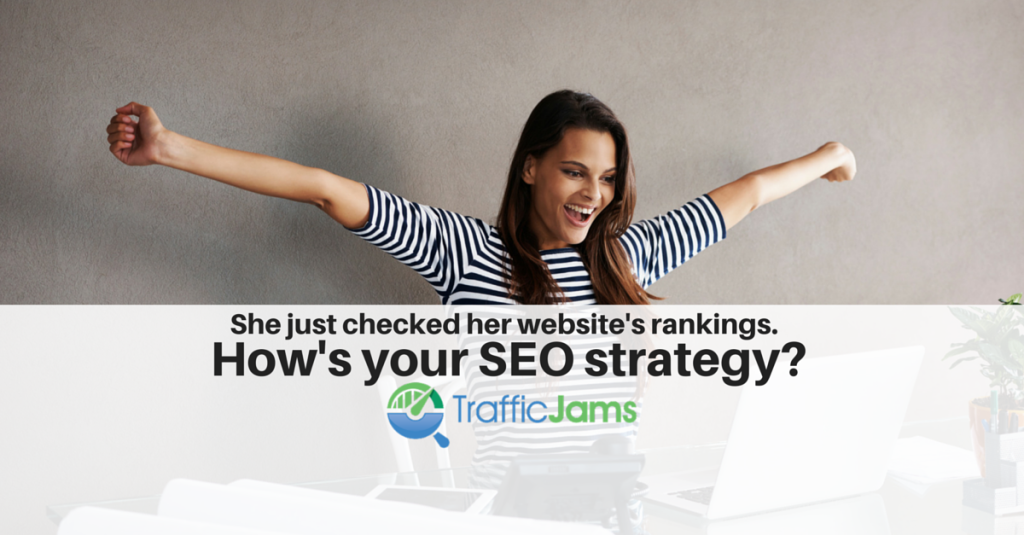
We initially thought that our audience would like the bottom image more. However, the top ad with the boy got an overwhelmingly positive response. This also underscores the importance of using multiple images to test your ads and to continuously analyze your results.
Craft a Compelling Message
You may have noticed that both of the images from the example above include a message. Facebook allows up to 20% of your image to contain text, making it a good place to further clarify your product, service or audience. In this case, we came up with a few catchy headlines and questions that sum up what we offer and how our services can help our customers.
This bit of text can turn a plain stock image into something of your own and also offers a good opportunity to include your brand’s logo.
Ask for It
As mentioned previously, the textual portion of your ad is limited to 90 characters – just enough room for a short, sweet call-to-action. This is the part where you ask your target audience to take action. In this case that would be to “like your page”.
Remember, you only have 90 characters, so get straight to the point with what you want them to do. Here are a few examples:
- If you love ________, like our page!
- Need more_______? Like our page!
- Like our page for more _______.
Of course, you can always just say “like our page”, but where’s the fun in that?
Setting Your Budget
Now it’s time to set your budget. Do this part wrong, and you could wake up the next morning a few hundred bucks poorer and wondering how it all happened so quickly. Do this part right and you can stretch a hundred dollars out over the course of a week and even leave on vacation without having to worry about overspending.
Here’s how to set your Facebook ad budget without blowing all your cash in one day:
- Select a daily budget for your ad. This is the total amount of money you want to spend for the day. Once that amount has been spent, your ad will stop running until the next day. This prevents you from spending your entire ad budget within the first day of your campaign and allows you to space out your ad over a period of days or weeks instead.
- Under schedule, set a start and end date for your ad. This will ensure that your ad automatically shuts off after the end date that you select without any interference for you. This prevents you from going over your spend and allows you to predict exactly how much you’ll spend on the ad for the lifetime of your campaign.
Facebook also offers a number of advanced options that allow you specify times as well as how fast your ads run without going over your bid. However, unless you have a large budget and plan on doing some in-depth testing, the two step method outlined above is all you need to get relevant results and is the same one we use when running our own ads.
Analyzing Your Results
When it comes to running your Facebook ads, the most important thing to keep in mind is to never stop testing. Test your images. Test your messages. Test your calls to action, your demographics and audience interests. Test everything.
How do you know what to test?
Facebook ad A/B testing probably deserves its own blog post, so in the meantime – here’s the basic idea of what you want to do.
Once your ad has run for a 2 or 3 days you should have collected enough data to start seeing some trends in your analytics. For instance you may see that people of a certain age group or gender are more responsive or that certain images get more engagement than others.
As you notice these trends, you can try out different things with your ad such as removing the images that received no response and testing out the ones that were more successful against each other or against new images that you’ve created. Once you have a couple of winning images, you could also try narrowing down by age group, interest, gender and so on to see what gets better results and lowers your cost per click.
Want to give your social media a kick without having to do all the hard work yourself? Give us a call at 855-599-9998 or drop us an email, we love helping our customers get results!
